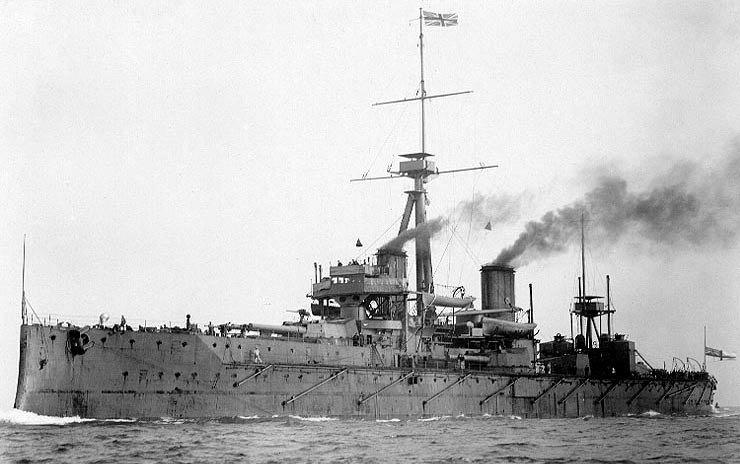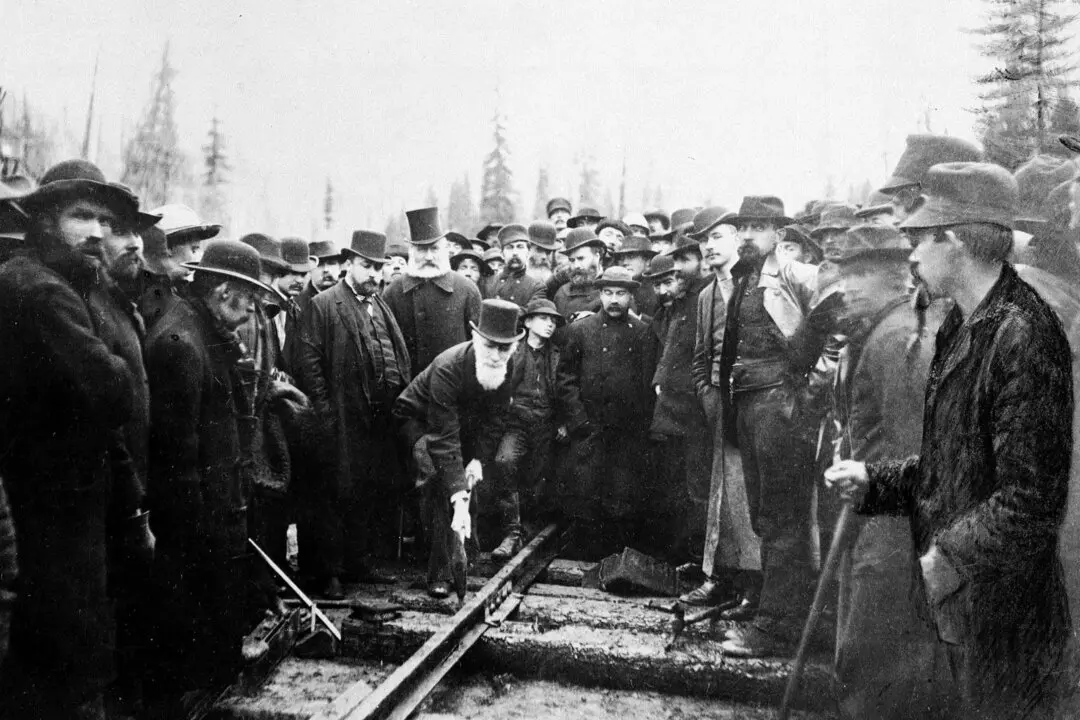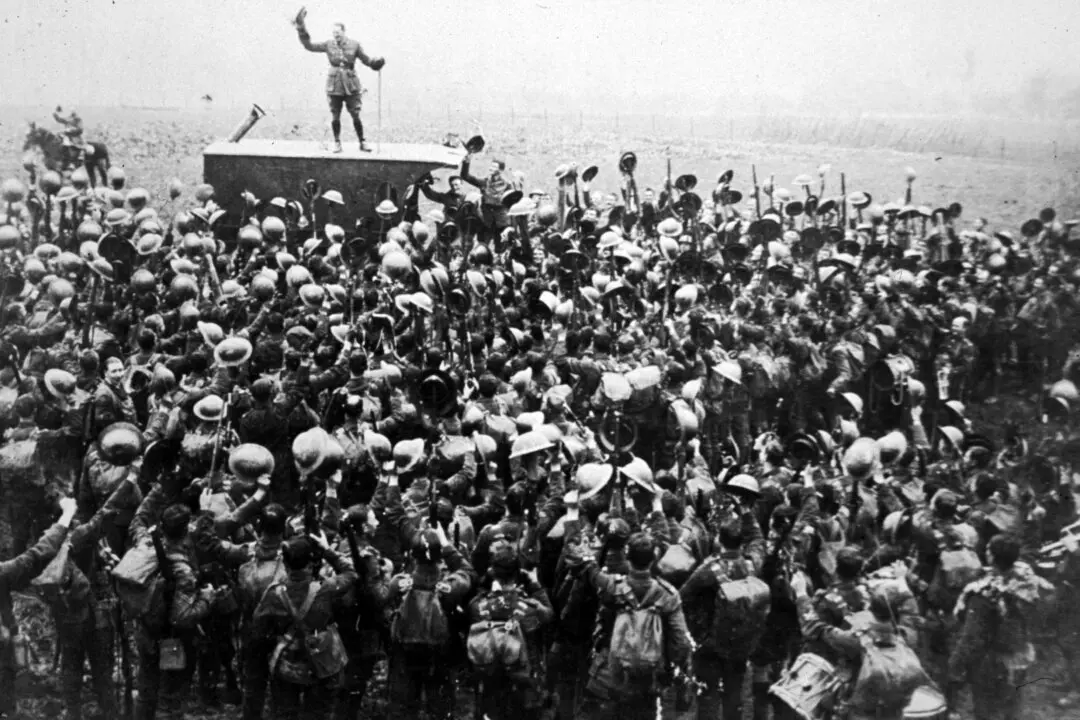Commentary
Europe in the 19th century was, relatively speaking, free of the serious bouts of warfare that had plagued it in the 1600s and 1700s. After the defeat of Napoleon in 1815, the continent settled into a peace based on the notion of a “balance of power”—no one state was big enough to dominate the others. France, the Russian Empire, the Austrian Empire, and Prussia (the biggest of the German territories) were roughly equal in military might. As for Britain, it had decided to stay out of European affairs and concentrate on its worldwide colonial holdings. “Splendid isolation,” it was called.





